#coral reefs
Text
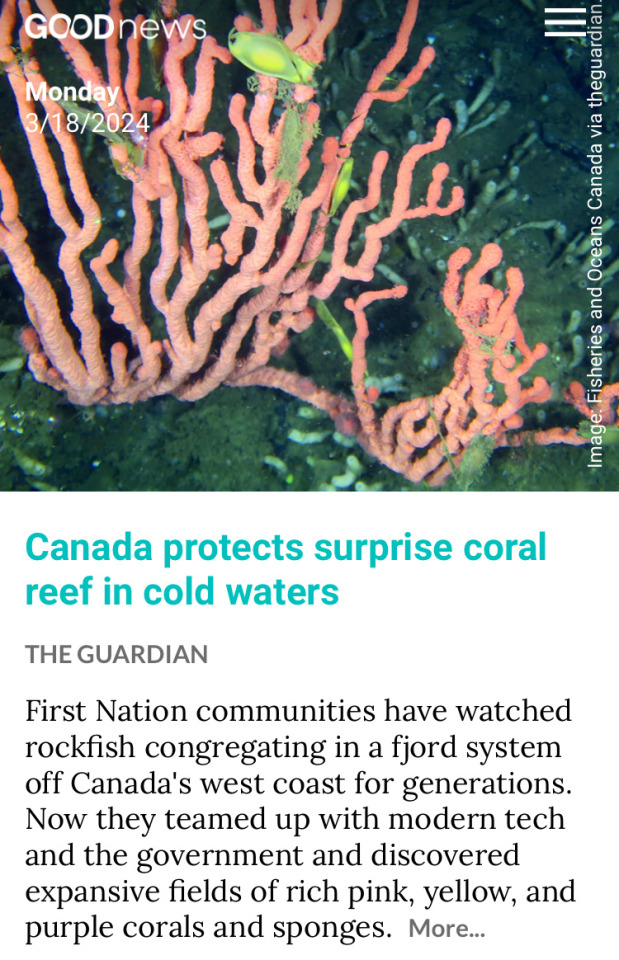
#good news#environmentalism#science#first nations#canada#coral reef#coral reefs#environment#nature#animals#conservation
2K notes
·
View notes
Text

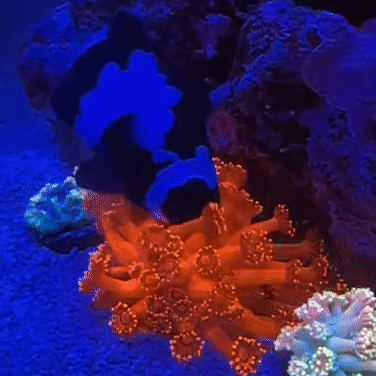







🌈🪸 ~ Ode to Goniopora Coral ~ 🪸🌈
❤️..🧡..💛||💚..💚..🩵||💙..💜..🩷
#stimboard#rainbow#neon#blacklight#black light#coral#coral reef#fish#oceancore#goniopora#rainbow stimboard#rainbow stim#neon stim#neoncore#stim#ocean#ocean stim#rainbowcore#coral reefs#marine animals#marine life#sea creatures#seacore#teal stim#coral stim#ocean coral#coral sea#corals#cool stuff#aliencore
576 notes
·
View notes
Text
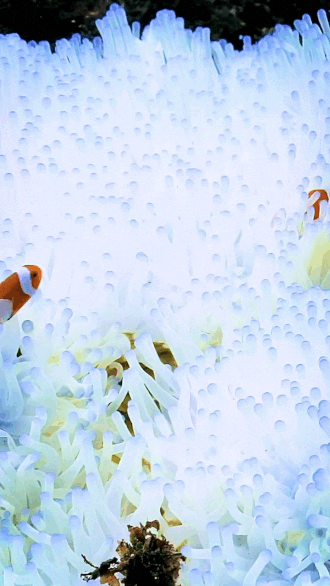
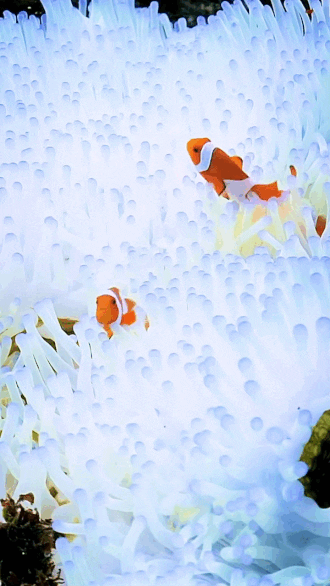
clownfish swimming through bleached anemones | jonoallenphotography on ig
if you have a moment and are mentally able, please read the text accompanying the original instagram post, located at the source link above, and this short article by The National Oceanic and Atmospheric Administration. if not, please just share it around.
it's true this video is strikingly beautiful, but the truth behind it is, in my opinion, necessary for everyone to know.
#stim#clownfish#coral reefs#climate change#sfw#orange#black#white#blue#animals#global warming#marine life#sea creatures#fish#underwater#cnidarians#sea anemones#oceans#coral bleaching#climate change awareness#global warming awareness#ishy gifs#postish
313 notes
·
View notes
Text
I invite you to immerse yourself and just enjoy the tranquility and the view under the sea
#beautiful places#naturelovers#sunset#sunrise#nature#beachlover#natgeo#nationalgeographic#undersea#underwater#coral reefs#coastlife
652 notes
·
View notes
Text

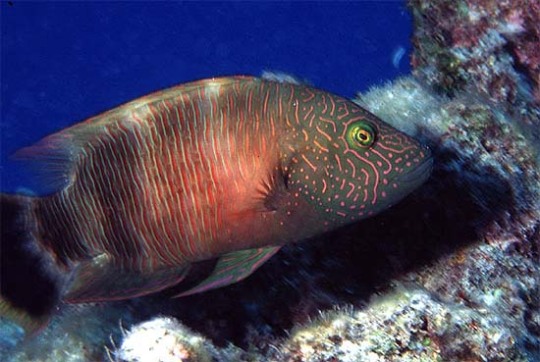
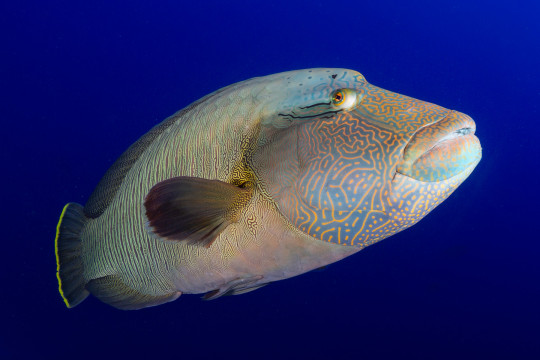
Let's Hear it for the Humphead Wrasse
The humphead wrasse, Cheilinus undulatus, is also known as the Māori wrasse, Napoleon wrasse, or the blue- tooth grouper. They can usually be found around coral reefs and steep rocky cliffs in the Indo-Pacific, particularly on the east coast of Africa, the west coast of India, and the tropical waters of southeast Asia and the Great Barrier Reef.
The Māori wrasse gets its name from the distinctive markings that adults carry. Males are blue-green or purple, while females are more often red or orange. Both have unique patterns of lines and dots covering their heads, and stripes running down the rest of their body; early researchers compared the patterns on their heads to the tattoos traditionally used by the Māori people. In addition to its striking coloration, C. undulatus is also known for being the largest member of the wrasse family. Males can reach up to 2 m (6.5 ft) long and weigh up to 180 kg (396 lbs), while females tend to be smaller. Males also have a large 'hump' on their foreheads, hence the name humphead wrasse.
Another feature of note in C. undulatus is the set of large teeth fused into a parrot-like beak. They use this beak to predate upon hard-shelled animals like mollusks, urchins, sea stars, and crustaceans. On occasion, they also feed on smaller fish and moray eels. Due to their size, adults have very few natural predators aside from sharks, but larvae and small juveniles are more often opportunistically hunted by other fish.
Like many coral reef fish, the humphead wrasse is a protogynous hermaphrodite. This means that most individuals begin life as a female, and become male later in life-- known as 'super males', they are larger than males who did not transition. Individuals first become sexually mature at 5-7 years old, and females begin transitioning to male at 9-12 years old. Spawning occurs a few times a year, and during this period over a hundred adults can congregate in an area. The female releases about 20 eggs into the water column, where they are fertilized by her chosen partner. Three to four weeks later, the eggs hatch and the larvae migrate to the nearby reef.
Conservation status: C. undulatus is considered Endangered by the IUCN. Populations have declined due to overfishing and by-catch mortalities, loss of their food sources, habitat destruction, and capture of juveniles for the aquarium trade.
If you send me proof that you’ve made a donation to UNRWA or another organization benefiting Palestinians– including esim donations– I’ll make art of any animal of your choosing.
Photos
Andrew J. Green
Lluís Masuet
George Ryschkewitsch
#humphead wrasse#Labriformes#Labridae#wrasses#ray-finned fish#bony fish#fish#marine fauna#marine fish#coral reefs#coral reef fish#indian ocean#Pacific Ocean#indo-pacific#animal facts#biology#zoology#ecology
96 notes
·
View notes
Text
At a time when marine life is disappearing from the world's oceans, researchers are celebrating the discovery of a new species of coral reef fish in the southern waters of the Great Barrier Reef.
Named the Lady Elliot Shrimp Goby, the previously unknown fish was found as part of a University of the Sunshine Coast-led project that is mapping the changing biodiversity on and around Lady Elliot Island, a tiny coral cay at the southern end of the Great Barrier Reef.
Continue Reading.
#great barrier reef#Coral Reefs#Ecology#Oceans#Fish#zoology#science#biology#stem#Animals#Lady Elliot Shrimp Goby#Goby fish
94 notes
·
View notes
Text

HEY TUMBLR-
84 notes
·
View notes
Text

Blue-ringed octopus (Hapalochlaena)
The blue-ringed octopus is found mostly coral reefs around Southeast Asia and Australia.
(Image credit: Subaqueosshutterbug/Getty Images)
#subaqueosshutterbug#photographer#getty images#blue-ringedd octopus#hapalochlaena#octopus#marine#coral reefs#southeast asia#australia#nature
46 notes
·
View notes
Text
36 notes
·
View notes
Note
Tell me about corals magic man
oh man this ask keeps sitting here and I keep starting to write stuff out, forgetting it, then never finishing. So since I am still processing tons of coral pics from a recent field work excursion about coral (and have a day off to just CHILL at home before regular work again) this is as good a time as any.
CORAL. IT'S IMPORTANT I GUESS BUT WHAT THE FUCK IS THAT? PLANT?? ANIMAL??? OVERAMBITIOUS ROCK???
Yes. kind of. Technically just an animal is correct. Corals are animals, but they are fucking weird animals. Weird in the way that only marine invertebrates can get. I love them because they're freaks. Let me show you.
Corals are a cnidarian, which puts them in the same category as anemones and jellyfish, and when you look at an individual coral polyp you can instantly see the relationship. They are colonial animals with massive structures formed out of polyps that are all clones of each other, and all building a support structure to form the whole, called the colony. An especially cute metaphor I've heard is that each coral polyp has it's own little nook like a room in the massive home they all work to build. A layer of tissue connects polyps to each other over the colony, allowing them to share nutrients and such over the entire structure like little marine communists.
These polyps can range widely in size, and they can either be distinctly separate or all fused together, only distinguished by separate mouths. Numbers can also range from millions to a couple species that will have one or polyp mouths max. Polyps can extend out or retract into their little nook, called the calyx, and extend more when the coral is capturing prey from the water.

Lookit those cute little polyps, these guys make their own cubby for themselves!

Don't worry about what I just said about capturing prey and feeding, look at those cute little guys. Some of them are out and some are retracted, showing the little bump where they live.
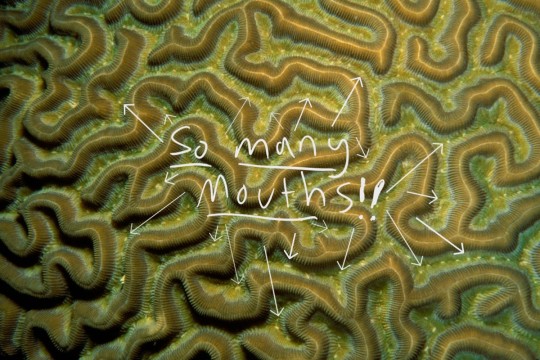
Fused polyps like on brain corals don't extend exactly, but feeder tentacles will come out from that delineation between the ridge and oral groove. It's actually called an oral groove! Those tentacles are full of the same stinging cells jellyfish and anemones have! One biologist referred to brain corals as a wall of mouths! Ive seen them using those tentacles to slowly drag struggling little shrimps and larval fish towards a slowly opening mouth amongst that wall of mouths! It's like living in a place where at night, the walls open mouths and drag you into them with unthinking stinging strings! Sometimes they just spit out digestive strings to digest stuff outside of their body, like other coral that got too close and needs to check itself! Isn't that great!
A lot of people are surprised to hear "mouths" and "feeding" with corals and yup, corals are animals and therefore they eat! Each polyp has a mouth and tentacles and will extend them to capture prey, mostly zooplankton but also some plant material. Because they're fucking weird though, many species also gain energy via photosynthesis with the help of a symbiotic dinoflagellate called the zooxanthellae or symbiodinium. It's this algae like symbiont that actually gives coral most of their colors. These colors can range from psychadelic to just brown, with regular old browns and greens and yellows being the most common colors (especially in the Caribbean).
A bleached coral is still alive, but due to stress has lost their zooxanthellae. They can survive and recover, but in this state they are highly stressed, prone to disease, and can starve slowly without the symbionts helping with their nutritional needs. They appear white or faded because the loss of their symbionts reveals the white calcium skeleton beneath the tissue.

Bleached portion of coral beside unbleached.
A dead coral is one that has lost all of it's tissue, and every individual polyp has died, leaving nothing but the skeleton which can no longer grow without the living polyps. Bleached coral is very, very vulnerable to becoming a dead coral.
Unusually high heat is the most common trigger for a bleaching event. And this is where, in my education talks I sometimes do, I pause with a strained grimace of a smile as we all contemplate ocean temperatures hiking up every summer.
SO WHY ARE THESE WEIRDASS ROCK ANIMALS IMPORTANT BESIDES BEING COOL TO LOOK AT?
Coral structure can be colloquially described as stony or soft. Stony corals are what I work with more, and these guys are the ones that build a hard, calcium based structure as their support building, and these powerhouses are the ones that build the coral reef. Soft corals are what it says on the tin, they may have a sort of support structure that varies amongst families, but it's flexible (you'll see them waving very beautifully and gracefully in the currents) and they (for the most part) do not build the reef. If they do add to reef building it, it's with a very slow process of depositing fine layers.
(Soft corals of course have their role in the overall reef health, but reefs are bonkers complicated ecosystems and I'm trying to keep on track here.)
When you're looking at the reef, you are looking on centuries, if not millennia, of stony corals building on top of each other. Sometimes this building has been going on for so long that islands are made of fossilized reefs from millions of years ago, with corals that still resemble modern species in the rock. (This is the case of BonAire and blew my goddamn mind seeing the fossil reef it's so fuckin cool.)
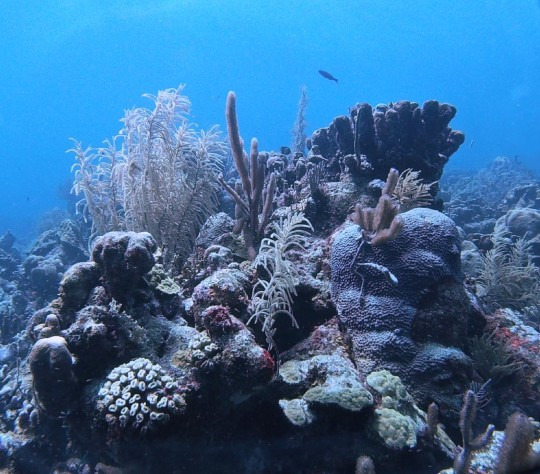
Sometimes just a single colony will keep building on itself into massive structures. Polyp clones adding on and on to their predecessors, giving the colony overall a lifespan in centuries. It's thought that some huge colonies may be thousands of years old, because the fastest growing stony corals have a growth rate that may equal centimeters per year.

It's those reef structures of calcium carbonate building up and up that provide the homes to so many other creatures that coral reefs are some of the most biologically diverse, and biologically dense ecosystems out there, like rainforests of the ocean. Even marine life that doesn't live directly in the reefs have a connection to them, using them as feeding grounds, breeding areas, a place to hide while young and vulnerable, ect.
They even protect coastlines, acting as a literal barrier that reduces wave damage from storms or just wave action in general. The reef takes the brunt of the physical damage, colonies get knocked around, but the still living polyps keep on building and rebuilding so the reef can go on and not get smashed into rubble every year.
That is, if there are still stony corals alive to do the rebuilding. :))))))

So you have these weird animals who build stone structures like cathedrals, have algae in their tissue, live as massive ancient colonies of clones that can eat, photosynthesize, and also reproduce both asexually and sexually. They're able to branch out and do all of that because they are adapted to insanely stable environments. Temperatures don't fluctuate by more than a couple degrees seasonally, tides are consistent, storm seasons are consistent, the water is consistently clear due to lack of algae, which allows sunlight to penetrate and feed the symbionts that feed the coral. Mineral levels in the water are stable so they can take the calcium and carbonate from the sea water to build their skeletons. Without having to be able to adjust to changes in the environment they just went hog fucking wild on all the ways an animal can be an animal.
And here I once again pause with a strained grimace smile as we all take in how they need to be alive to keep building those reefs that support the ocean and the coasts, and how not stable their environment is becoming with new pollutants clouding waters, storms becoming more unpredictable, and waters having bigger temperature swings with hot summer spikes. :)))))))))))
#long post#marine biology#coral reefs#informative#corals are freaks and i love them#i barely touched how theyre freaks i wanted to keep this to a simple 101 guide on what they are and why theyre important#and why they are. not doing too great.#in the grand scheme of the world i believe coral reefs as an ecosystem type will survive#a few species are super hardy#some are more adaptable#in millions of years the ones that made it will eventually find new suitable places to rebuild on the rubble of ruins#but also i would prefer NOT HAVING A CATASTROPHIC EXTINCTION EVENT FOR THEM TO RECOVER FROM OVER A FEW MILLION YEARS THANKS#I WOULD PREFER THAT SORT OF RUIN NOT MAKING LIVES HARDER FOR EVERYONE
75 notes
·
View notes
Text
#good news#environmentalism#coral reefs#nature#science#environment#conservation#marine biology#marine life
126 notes
·
View notes
Text




*.✲゚*。✧ ~ Mesmerize ~ *.✲゚*。✧ (reefaquariumfish)
(Learn how to help save and protect coral reefs!)
#goniopora#blue and purple#coral#calming gifs#coral reed#neon#purple and blue#coral reef#coral reefs#sea life#marine animals#marine life#sea creatures#sealife#sea stim#seacore#oceancore#teal stim#coral stim#ocean coral#coral sea#corals#cool stuff#aliencore#alien stim#stimmy#stim#sensory#sensory gifs#sensory stim
111 notes
·
View notes
Text



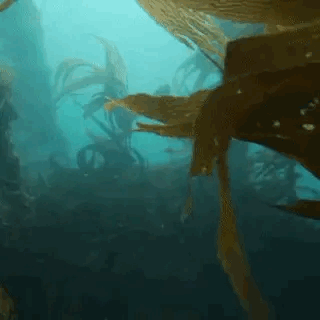

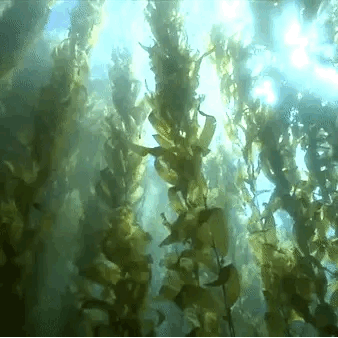



kelp forests & underwater structures centered around “what the water gave me” by florence & the machine for @kelpforrest!
🪸-🌊-🪸 / 🌊-🪸-🌊 / 🪸-🌊-🪸
#stim#stimboard#kelp forests#song stimboard#sfw#blue#green#brown#white#gray#grey#teal#black#coral reefs#fish#animals#sea creatures#people#underwater#water#hands#branches#flowers#underwater structures#shipwrecks#sunlight#what the water gave me#florence and the machine#requests
370 notes
·
View notes
Text
Awesome colors of coral reefs
Coral reefs are often referred to as the living forests of the warm seas. They are calcareous geological structures that are formed by colonial coral polyps, as well as some types of algae that can extract lime from sea water. Coral reefs, predominantly formed in shallow water, cover a total area of 27,000,000 km² worldwide.
244 notes
·
View notes
Text
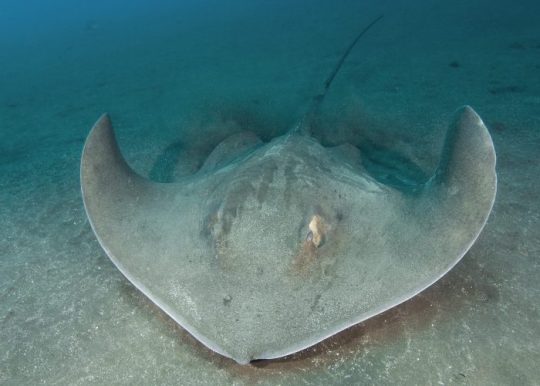

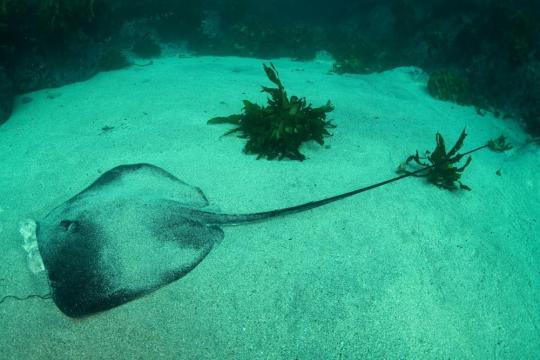
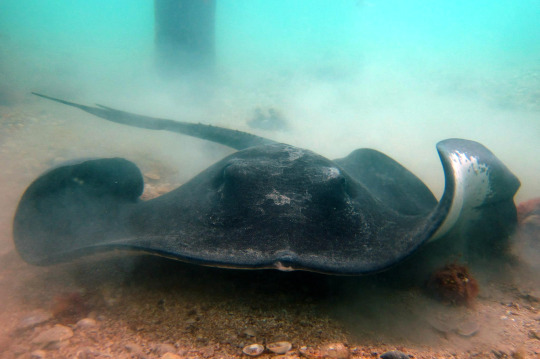
A Stingray Abroad: The Broad Stingray
Bathytoshia lata is a stingray known by many names: the broad stingray, the brown stingray, and thorn tail stingray; Dasyatis lata, Dasyatis thetidis, and Dasyatis ushii. The species has accumulated all these names-- and quite a few others-- thanks to its broad distribution. It can be found in the Atlantic, Pacific, and Indian Oceans, as well as the Mediterranean sea. Typically the species stays on reefs or in coastal bays with muddy bottoms. Prior to 2012, genetic testing of stingray species revealed them to be populations of B. lata, hence the multitude of latin names.
The broad stingray is one of the largest species of stingrays; the average individual is about 1.5 m (5 ft) across and 56 kg (123 lb), with some populations reaching an excess of 2.6 m (8.5 ft) across and 290 kg (639 lbs). Females also tend to be larger than males. The body is diamond shaped, and the tail is often more than twice its length. B. lata is dark in color, often tan or black, with a white underbelly. Perhaps its most distinctive feature are the 'spines'-- also known as dermal denticles-- that line the tail and rear portion of the body, giving it the name 'thorn tail'.
The brown stingray is fairly docile, and spends most of the day lying inactive on the sea bed. At night they forage for crustaceans, polychaete worms, and small fish. They can use their powerful pectoral fins to burrow through the sand and uncover prey, and like sharks they have special organs called ampullae of Lorenzini that allow them to detect electrical fields emitted by their prey. The primary predator of B. lata is the hammerhead shark, and when threatened individuals will raise the spines along their tail to deliver whip-like blows.
Females become ready to mate in the summer, typically from November to March. Males are attracted to pheromones released by the female, and initiate a dance-like courtship ritual. If the female is receptive, he will bite down on her pectoral fins while grasping her with special claspers located at the base of the tail. Following the mating ritual, the female gestates her young internally for 10-12 months. This species is ovoviviparous, and the pups recieve nutirents from both a yolk and internally secreted milk. Following her pregnancy, the mother gives birth to live young, typically 3-4 in a litter. The pups are completely independent, and receive no parental care after being born. It takes them about 14-16 years to become fully mature, and individuals can live up to 28 years in the wild.
Conservation status: The broad stingray is considered Vulnerable by the IUCN. Its most common threat comes from being caught as by-catch in fishing nets, and intentionally for their meat and skin.
If you like what I do, consider leaving a tip or buying me a kofi!
Photos
Andy Murch
Sarah Speight
Andrew Green
Phillipe Guillaume
#broad stingray#black stingray#Myliobatiformes#Dasyatidae#whiptail stingrays#stingrays#rays#cartilaginous fish#fish#marine fauna#marine fish#coral reefs#coral reef fish#benthic fauna#benthic fish#coasts#coastal fish#Atlantic Ocean#Indian Ocean#Pacific Ocean#Mediterranean sea#animal facts#biology#zoology#ecology
89 notes
·
View notes
Text
Man fuck everything about the 2024 Olympics. It’s one thing after another.
This is some rampant colonialism. France will look fancy for putting on the Olympics and meanwhile Tahitians have no say in the exploitation of their environment. Just because the imperial centre wanted to put on a fancy show.
#environmentalism#coral reefs#surfing#conservation#polynesia#tropical#france#paris#jeux olympiques d'été de 2024#olympics#olympics 2024#paris 2024#paris olympics#colonisation
25 notes
·
View notes